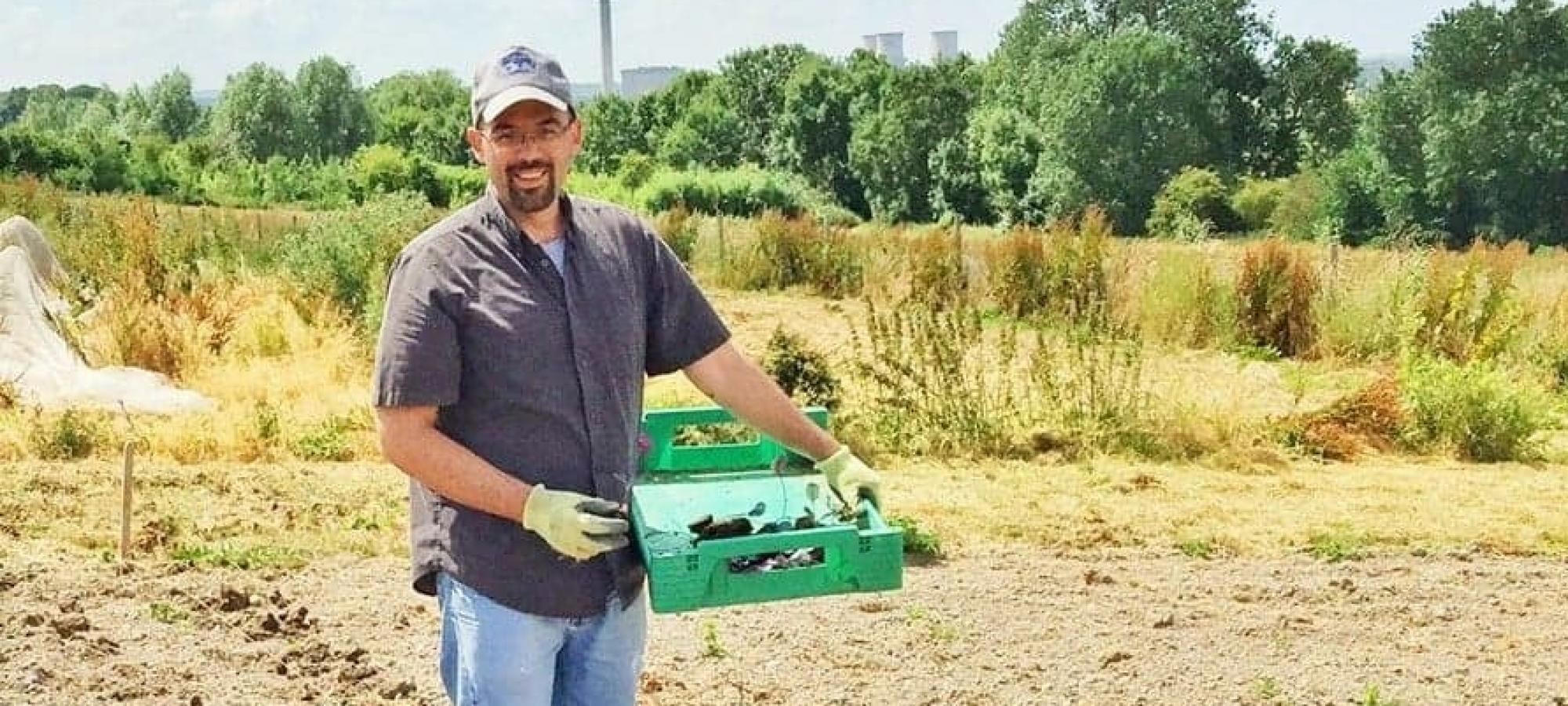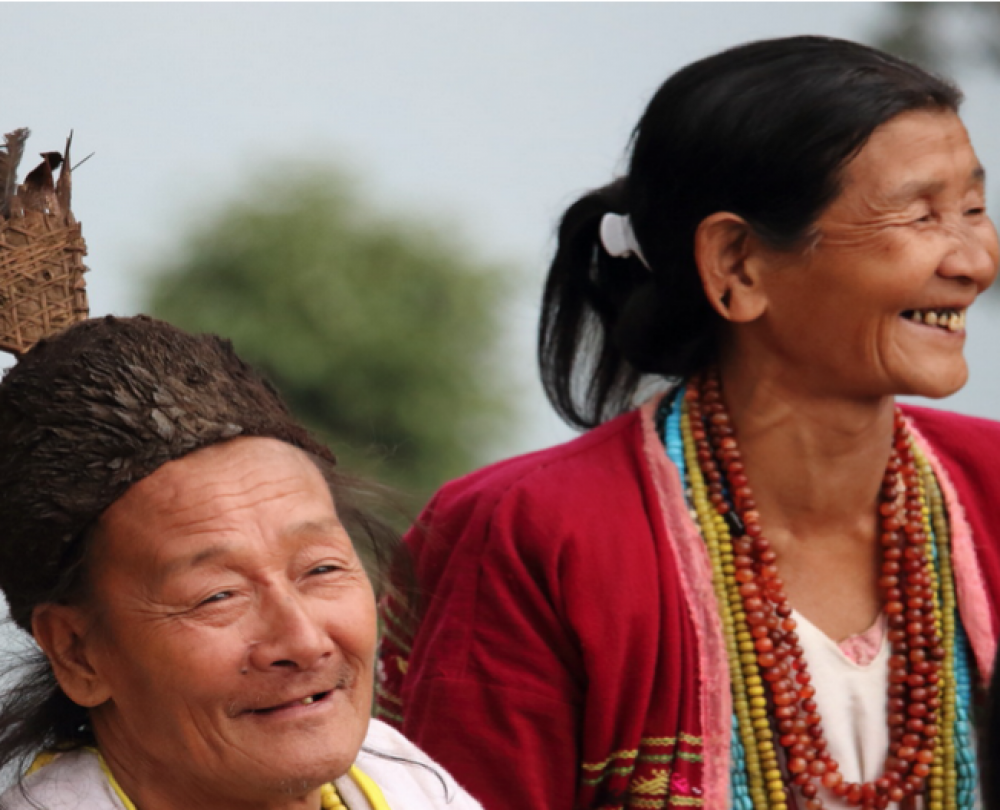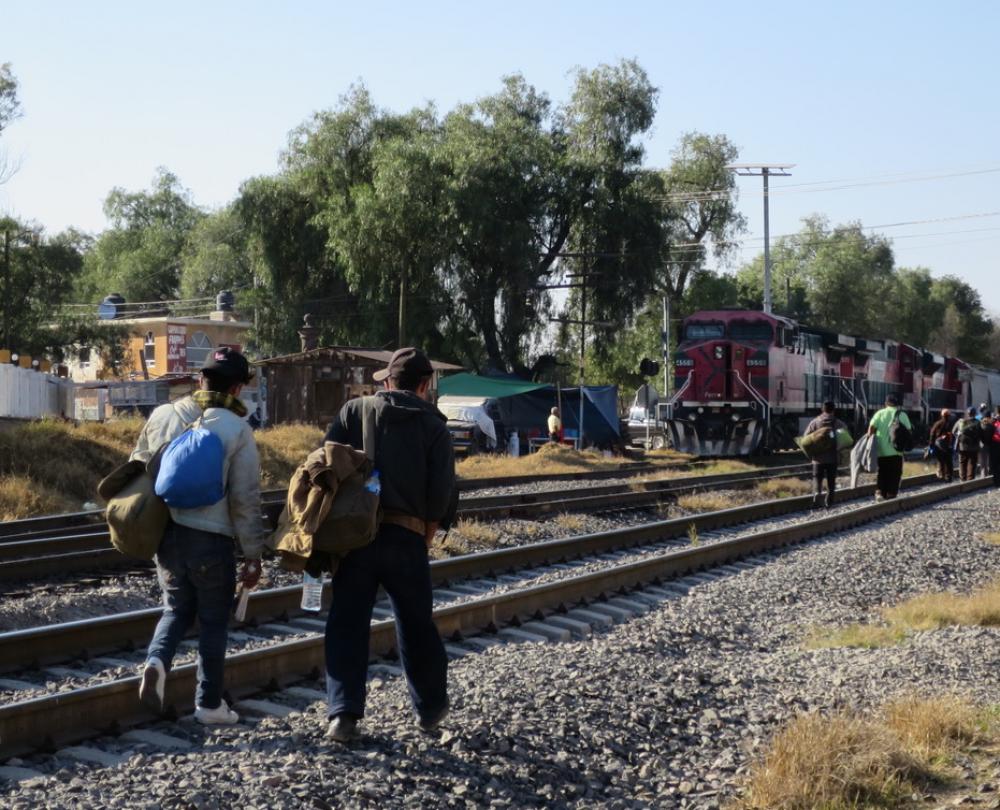Searching for Hope through Research and Action
Hope Movements
In Laudato Si’, Pope Francis insists that the future of our common home hinges on more than technical solutions. In order to respond with depth and creativity to problems like climate change and increasing inequality, we must rethink our definition of a good life, and imagine possibilities that do not yet exist. Emilio Travieso, SJ, takes this call to heart by looking for reasons to hope in the midst of the world’s messy realities.
Emilio’s research focuses on what Cecilia Dinerstein and Séverine Deneulin have called “hope movements”. Whereas social movements are about claiming a bigger piece of the pie, hope movements are about baking something new. Even if their prototypes are small and fragile for now, one can recognize the potential of these seeds, and scrutinize their implications.
More concretely, Emilio studies food systems, which are a key nexus of both major challenges and dynamic proposals. Industrial agriculture has failed to deliver on its promise of eradicating hunger, while exacerbating a host of economic, social and environmental problems. In response, hope movement actors are combining agroecology, food sovereignty, and social and solidarity economy to come up with sustainable food system models.
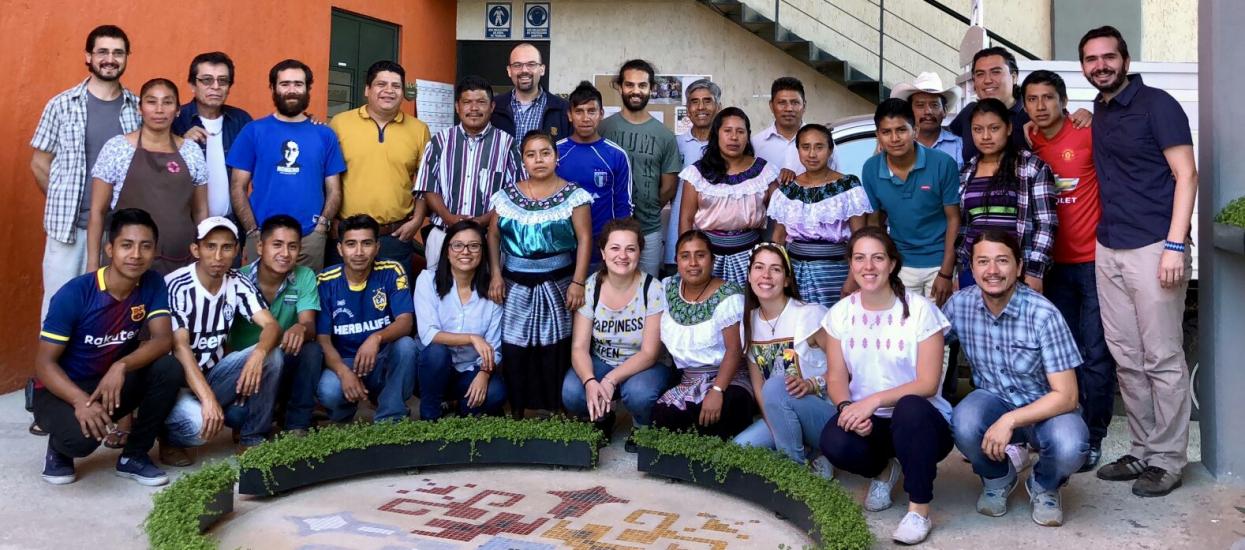
Indigenous innovation
Emilio came to Campion Hall as a research student in the Oxford Department of International Development. For his DPhil thesis, he spent time with the Tseltal people of Chiapas, in southern Mexico. After expelling plantation owners from their ancestral territory in the 1990s, the Tseltal are working to restore their sovereignty. Emilio partnered with one of their main organisations, the Misión de Bachajón, to serve as an ally while seeking to understand the economic viability of the vision.
Paradoxically, the Tseltal model is based on two contradictory ways of decommodifying their food system. On the one hand, they have decided that their land and their staple foods should be off-limits to the market, in order to preserve food sovereignty. Land is owned collectively, and essential foods are mainly produced for household consumption or reciprocal sharing. In this sense, the Tseltal have “decommodified” food by redefining it as something other than merchandise; it is no longer subject to the capitalist logic of plantations.
On the other hand, the Tseltal also need money to live, and they make money primarily by selling coffee. Coffee, though, is a cash crop that has become associated with poverty, precisely because it is a “commodity” in the sense used by economists: it is a simple product subject to perfect competition, and therefore to low and volatile prices determined by outside forces. The Tseltal are regaining control over the wealth they produce by adding value to their coffee. They roast their own gourmet coffee and run their own brand of urban coffee shops. In this sense, they are “decommodifying” coffee by turning it into a high-end, differentiated product.
The two senses of decommodification – radically anti-capitalist with regard to one aspect, and radically capitalist (in the Schumpeterian sense of entrepreneurial innovation) with regard to the other – generates a creative tension. Emilio’s ethnography of the Tseltal model shows how the poles of the tension are articulated through agroecology and social and solidarity economy, and how it results in economic, social, and ecological virtuous circles. While still small and fragile, it is a source of inspiration and hope for other actors attempting to redesign their own food systems in life-giving ways.
As an interdisciplinary, impact-driven academic community where big, relevant questions are the matter of everyday conversation, Campion Hall was crucial for Emilio’s research. Various events sponsored by the Hall, such as the Connecting Ecologies symposium and a workshop on theology and development in Latin America, allowed him to interact with scholars from across the university and beyond. After finishing his doctorate, Emilio moved to Haiti, but he remains connected to the Hall, and to the research he began there.
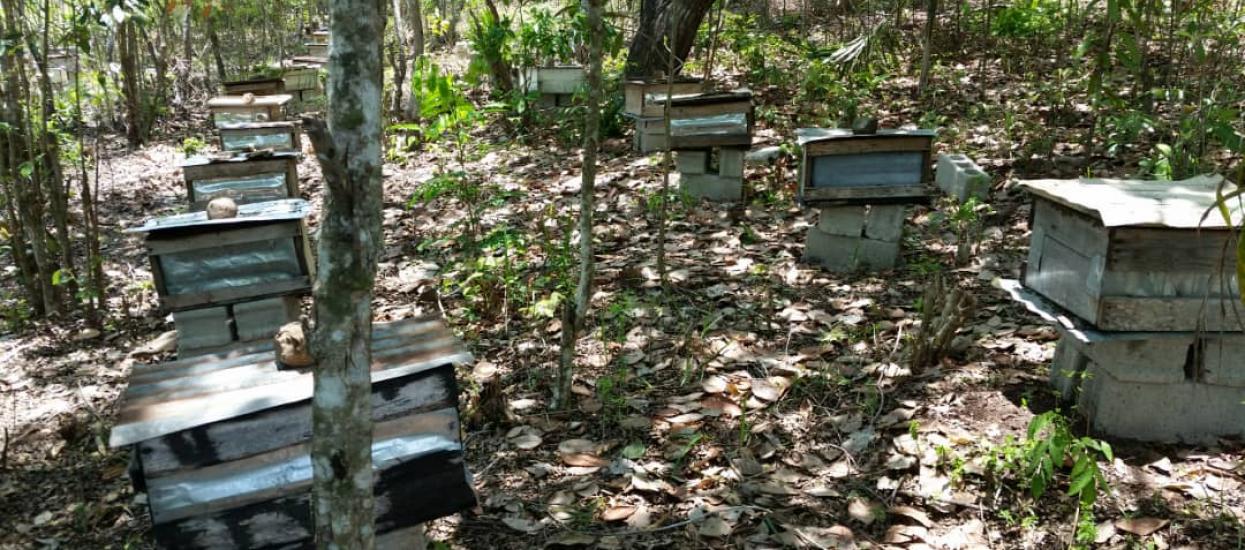
Caribbean polyrhythm
Colonial and neo-colonial history has turned Haiti into a very different context from indigenous Chiapas. However, many of the insights from the Tseltal economic model have proved relevant for Emilio’s role as associate national director of Foi et Joie, a movement for transformative education with rural schools throughout Haiti. (He is also a part-time lecturer and researcher at the Université Notre Dame d’Haïti.)
One of Foi et Joie’s main challenges is complementing formal education with wealth-creating activities, both to make the schools viable and to provide graduates with alternatives to migration. Food sovereignty and ecological restoration are also urgent concerns. Emilio has been working with the team to build a vision that combines the two types of “decommodification” – a market-avoiding sphere that guarantees sustained access to essentials and a market-engaging sphere based on global value chain upgrading – in a “polyrhythmic” both/and strategy, as in Chiapas.
The novelty of the Haitian model, given its embeddedness in a network of rural schools, is that it centers the role of education. We tend to see education in terms of social reproduction, or straightforward capability-building, but it can also be a locus for structural change, depending on which seeds we choose to cultivate. In collaboration with colleagues both in Haiti and at Oxford, Emilio is working on an educational model that would stimulate further innovation by articulating it with productive projects organized around agroecology, while also incorporating social and solidarity economy into the design for two-way decommodification.
Honey and hope
Foi et Joie’s first pilot project is a beekeeping initiative at a rural school. In terms of monetary income, honey is an exportable product with plenty of upgrading potential. At the same time, the bees enhance biodiversity, increase food production, and aid in reforestation efforts. Just as importantly, though, carefully observing these tiny insects is a perfect way for students to notice how everything is connected. Indeed, this fundamental insight – even more than the integrated STEM curriculum, which is also part of the project – is what can stimulate the type of imagination we need if we are to learn to live together in our common home.


